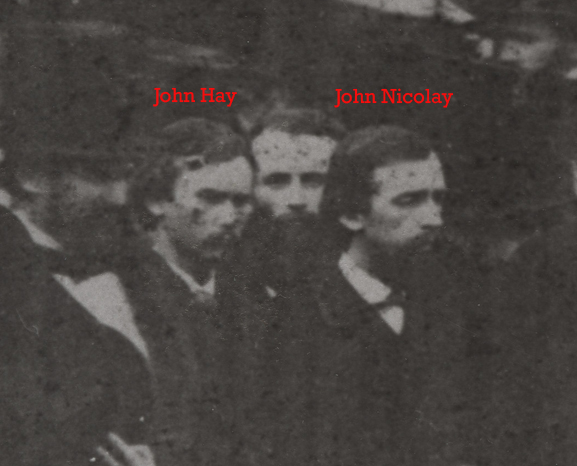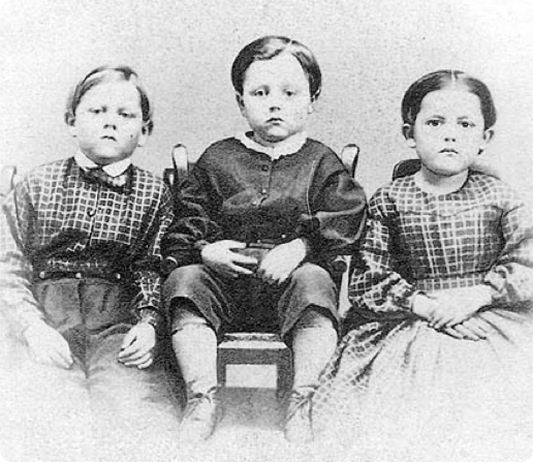I wasn’t much of a fan of Lincoln , but thoroughly enjoyed Tommy Lee Jones in it. His portrayal of Thaddeus Stevens stole the (dull) show, but this article suggests Stevens’ influence in the Amendment talks was nowhere near as great as the film would have us believe.
, but thoroughly enjoyed Tommy Lee Jones in it. His portrayal of Thaddeus Stevens stole the (dull) show, but this article suggests Stevens’ influence in the Amendment talks was nowhere near as great as the film would have us believe.
For the sake of simplicity, the film also makes Thaddeus Stevens the central radical figure organizing the amendment’s passage, even more so than the measure’s sponsor, Ashley. This is not how many historians characterize Stevens’s role. He was an important figure, but probably not the central one in securing passage of the Thirteenth Amendment. Stevens had only four index entries in Doris Kearns Goodwin’s Team of Rivals (2005), a nearly 800-page book from which the screenplay was adapted. Stevens plays a somewhat larger role in Michael Vorenberg’s more compact Final Freedom (2001) with seven index entries but even there he is clearly superseded by other figures such as Ashley and Senator Lyman Trumbull (R, IL), who is not even mentioned in the film. The latest and most comprehensive study of wartime abolition policies –James Oakes’s Freedom National (2012)– contains a mere six index entries for Stevens.
By contrast, Stevens (Tommy Lee Jones) has about 45 speaking parts in the Spielberg film, apparently second only to Abraham Lincoln(Scene 17). He looms large as a counter-weight to the president –Lincoln’s near opposite in both style and policy. Their confrontation in the White House kitchen is one of the movie’s most pivotal scenes and also arguably one of its most historically implausible. Besides the unlikely setting, scriptwriter Tony Kushner seems to be investing many older –and quite hostile– ideas about Stevens into this conversation which contrasts Lincoln’s calculated, pragmatic approach to Stevens’s rigid, ideological worldview. He actually has Stevens / Jones saying at one point, in defense of his sweeping plans for revolutionizing the South, ”Ah, shit on the people and what they want and what they are ready for! I don’t give a goddamn about the people and what they want! This is the face of someone who has fought long and hard for the good of the people without caring much for any of ‘em.”
via Blog Divided » Post Topic » How the “Lincoln” Movie Reconstructed Thaddeus Stevens.




 On October 19th, I mentioned the anniversary of Whose Father Was He?, the Philadelphia Inquirer’s story about Amos Humiston, whose body was found on the Gettysburg body clutching a photo of his children. Today is the anniversary of Mrs. Humiston’s response to the Inquirer, and for those interested in reading more about the tragedy of Amos Humiston and his children, I present the five-part history written by documentary filmmaker Errol Morris for the New York Times:
On October 19th, I mentioned the anniversary of Whose Father Was He?, the Philadelphia Inquirer’s story about Amos Humiston, whose body was found on the Gettysburg body clutching a photo of his children. Today is the anniversary of Mrs. Humiston’s response to the Inquirer, and for those interested in reading more about the tragedy of Amos Humiston and his children, I present the five-part history written by documentary filmmaker Errol Morris for the New York Times: